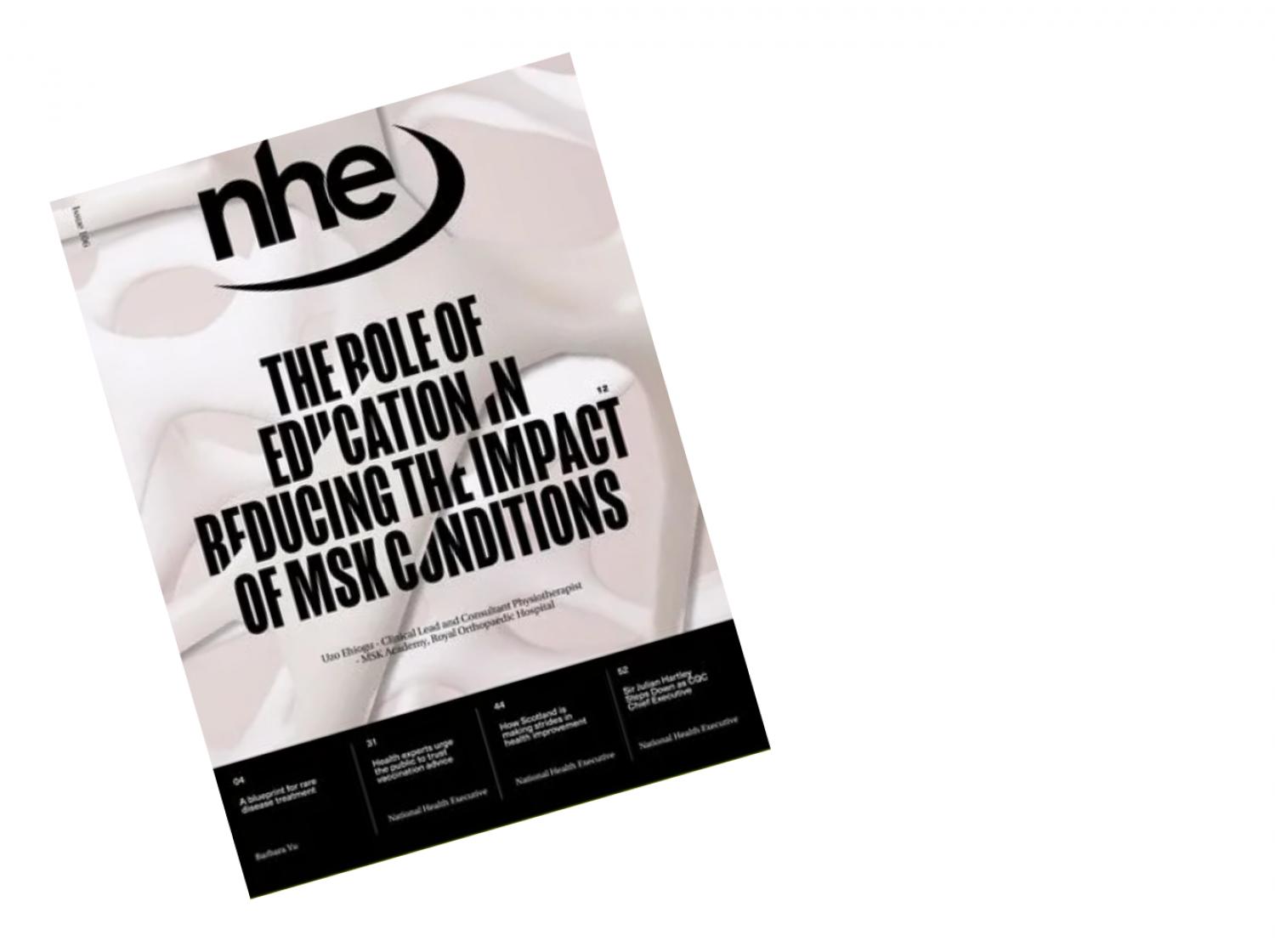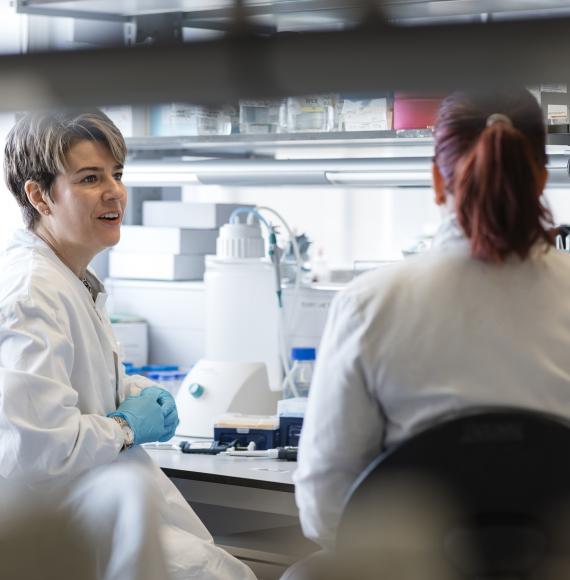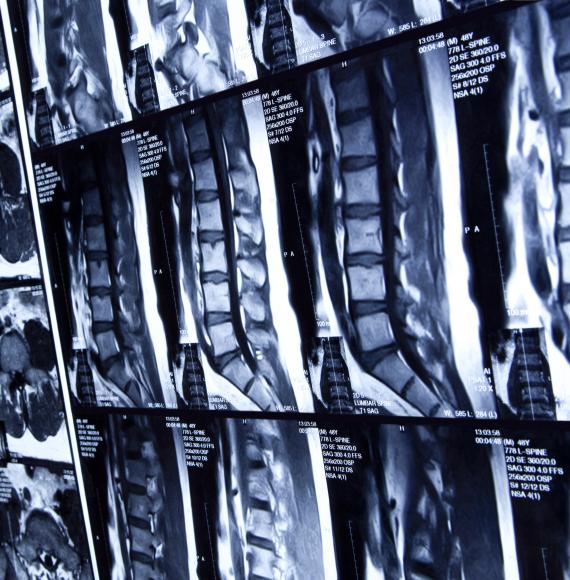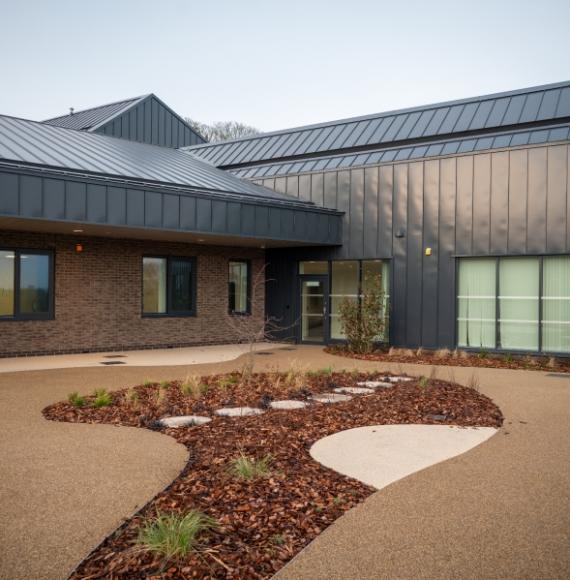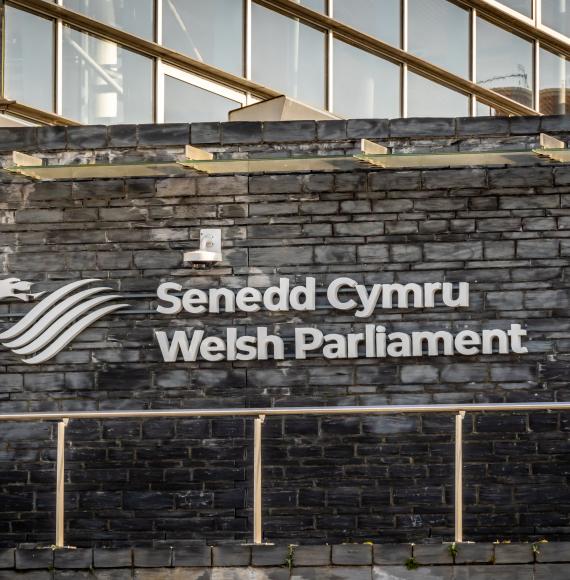Wye Valley NHS Trust are expected to benefit from a £4.7m energy upgrade to their Hereford County Hospital site, due to be completed this year. The investment forms part of a wider national decarbonisation plan supported by a grant scheme from The Department for Business Energy & Industrial Strategy (BEIS).
The project aims to provide greener energy and efficiency to the hospital, helping them lower their carbon footprint. This will include work on six of the older buildings on the site, including the Education and Development Centre, Post Graduate Medical Centre, Longfield House staff accommodation, and Lionel Green building, previously used as nurses’ accommodation 20 years ago.
Some of the huge benefits for the trust will mean that carbon emissions at the site are reduced by 510 carbon tonnes per year, and in turn the trust’s energy bill will be reduced by £75k, meaning the trust will pay 100k a year instead.
The development has already started, with the installation of 3,170 low energy lights in the main hospital building. This will be followed on by fitting more than 300 roof solar panels, providing enough to power the equivalent of 27 UK homes per year. As part of initiatives to reduce heat loss, modern switching mechanisms, 1,163 pipework insulation jackets and 263 metres of pipework lagging, will be installed in the buildings across the site.
Water will also be pumped through a ground source heat pump network, which will be naturally warmed by the earth, and converted into heat to provide useable heat to six of the buildings on the site. This will involve drilling 47 boreholes to 200m into the ground. There will be nearly six miles long drilled in total. It is also now being installed at locations around the hospital grounds.
Alan Dawson, Director of Strategy and Planning at Wye Valley NHS Trust, said: “We’re very pleased to receive this grant to enable us to undertake this exciting and significant move forward to help reduce our carbon footprint and improve our environmental sustainability.
“We have already taken a number of steps to reduce our carbon footprint at our community hospitals and this builds upon that progress.
“We are committed to reducing the impact our activities have on the environment by introducing these new technologies, which will reduce our carbon emissions at this site by 510 carbon tonnes per year and reduce our dependence on fossil fuels for a greener future”.
Sameen Khan, NHS Programme Manager for Salix Finance added: “Wye Valley NHS Trust began to engage with Salix quite early in their project development process. These discussions came at just the right time, preparing the trust to benefit from an early application submission to the Public Sector Decarbonisation Scheme.”
This project has been funded by The Department for Business, Energy, and Industrial Strategy (Public Sector Decarbonisation Scheme, referred to as the Grant Scheme) via Salix Finance.



